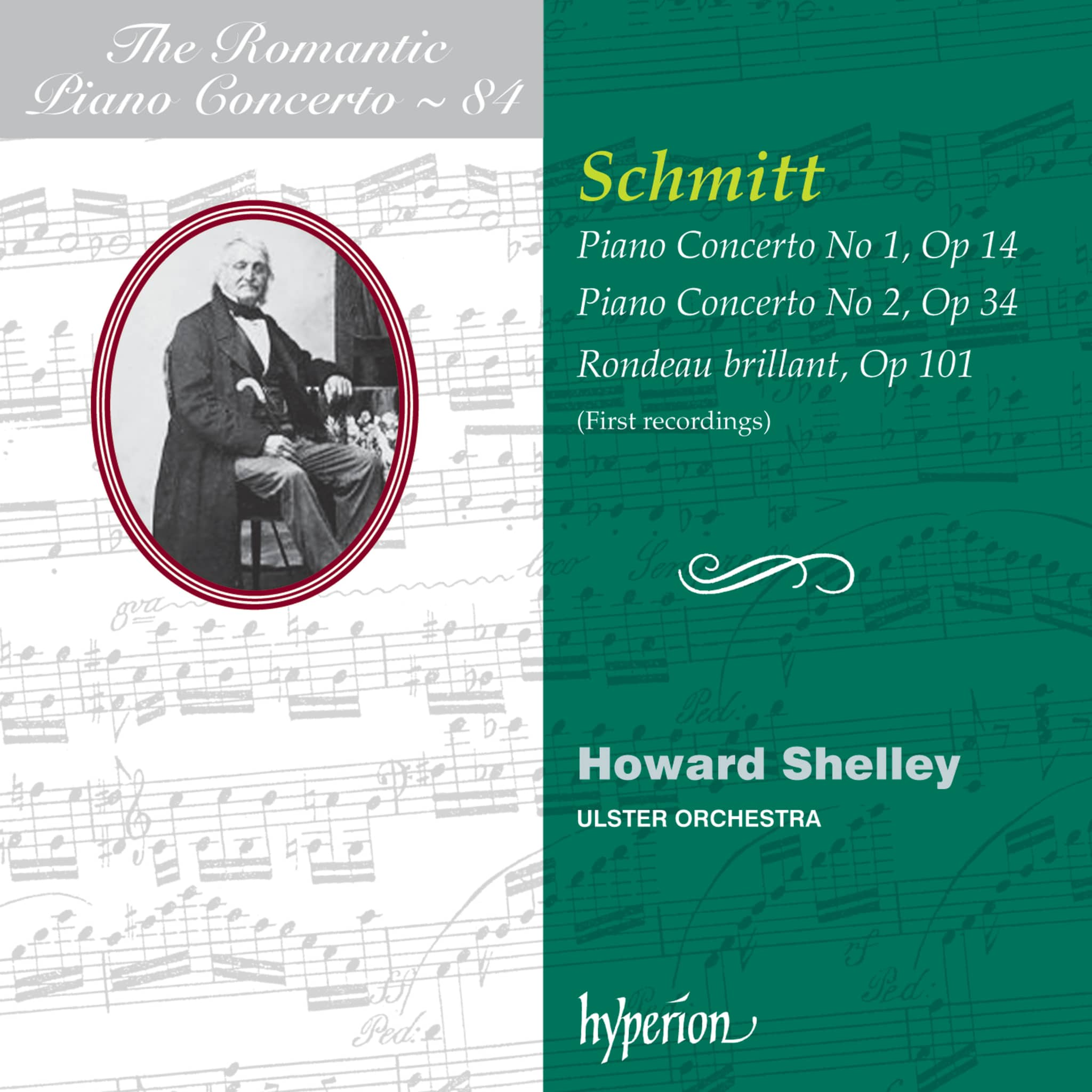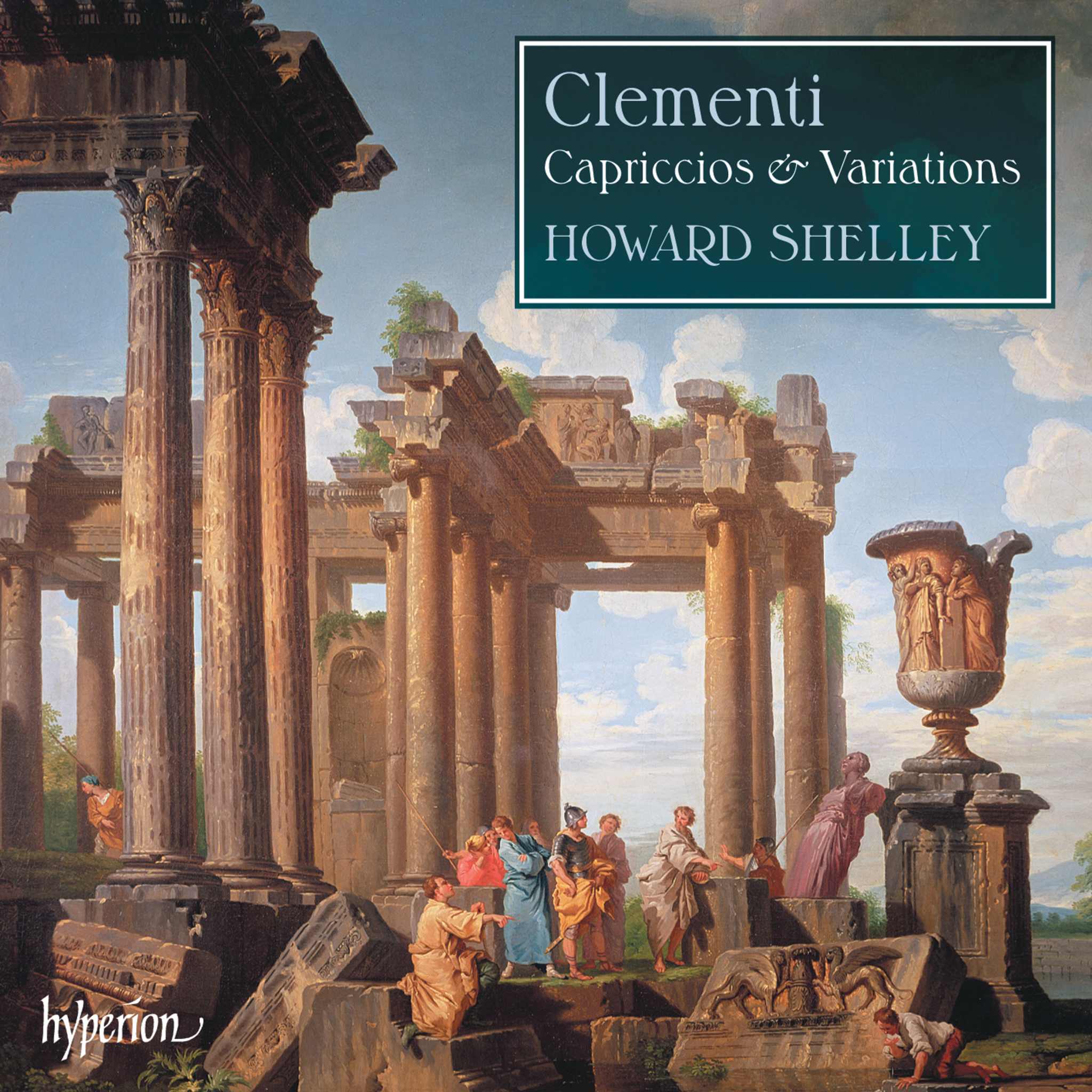Album insights
Upon evaluating Liszt's work, experts widely agree that his Sonata in B minor is his crowning achievement on the piano, if not his grandest composition overall. Surprisingly absent from any specific program or extramusical references, this piece stands out within Liszt's repertoire. Despite suggestions linking the structure and content to Goethe's Faust, notably the "Cross Motif" found in the Grandioso theme, which resembles the first three notes of the hymn Vexilla regis prodeunt, there's debate on its autobiographical or revelatory nature. Moreover, interpretations regarding the work's religious dimensions are contested, with Brendel rejecting religious connotations based on the Cross Motif. For a thorough yet non-technical analysis, enthusiasts are encouraged to refer to Brendel's essay in Music Sounded Out.
The Sonata in B minor unfolds seamlessly, devoid of interruptions, with a slow middle section and a Fugato reminiscent of a Scherzo-style, functioning akin to a classic development. Influenced by Schubert's "Wanderer-Fantasie," Liszt crafted a unified dramatic form, creating a monumental piece that represented the pinnacle of his efforts in combining elements of multiple movements within one composition. Liszt meticulously sculpted this work over time, ensuring it remained a standalone masterpiece, standing as a significant contribution to sonata form since Beethoven and Schubert.
Within the piece's tonal journey, listeners are guided through shifting key signatures and thematic introductions that segue gracefully from one theme to another, weaving together a rich tapestry of emotions and musical motifs. Culminating in a masterful coda, the Sonata doesn't strive for a grand finale but rather a serene resolution that encapsulates the essence of the entire composition.
Dedicated to Schumann as a gesture of gratitude for dedicating his Op. 17 Fantasie to him, Liszt's Elegies, crafted with simple yet poignant melodies, stand as a sincere reflection of his musical prowess and appreciation towards his contemporaries. The Consolations, cherished by many for their accessibility and emotional depth, deserve to be heard as a complete cycle, each piece offering a unique glimpse into Liszt's musical sensitivity and compositional finesse.
Acknowledged alongside significant works like the Oratorio Christus, Liszt's Faust Symphony holds a distinguished place in his oeuvre. The Gretchen movement from this symphony, adapted for solo piano, showcases Liszt's talent in transforming orchestral pieces into captivating piano works, emphasizing the depth of his musical interpretations. Liszt's Totentanz, celebrated as one of his finest works, reflects his musical ingenuity in orchestrating a captivating dialogue between piano and orchestra, highlighting his skillful mastery of extreme technical demands.
In Liszt's music, we witness a fusion of technical brilliance and profound emotional expression, each composition unfolding as a narrative symphony of the soul, resonating with audiences across generations.






